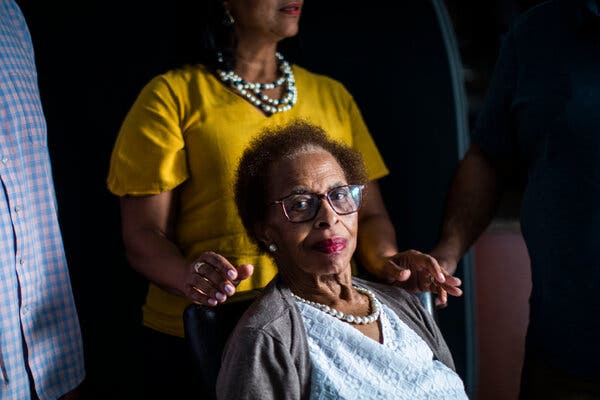Dying Broke

dying broke: The Coverage gap
The private insurance market has proved wildly inadequate in providing financial security for millions of older Americans, in part by underestimating how many policyholders would use their coverage.
This article is part of the Dying Broke series examining how the immense financial costs of long-term care drain older Americans and their families.
For 35 years, Angela Jemmott and her five brothers paid premiums on a long-term care insurance policy for their 91-year-old mother. But the policy does not cover home health aides whose assistance allows her to stay in her Sacramento bungalow, near the friends and neighbors she loves. Her family pays $4,000 a month for that.
“We want her to stay in her house,” Ms. Jemmott said. “That’s what’s probably keeping her alive, because she’s in her element, not in a strange place.”
The private insurance market has proved wildly inadequate in providing financial security for most of the millions of older Americans who might need home health aides, assisted living or other types of assistance with daily living.
For decades, the industry severely underestimated how many policyholders would use their coverage, how long they would live and how much their care would cost.
And as Ms. Jemmott belatedly discovered, the older generation of plans — those from the 1980s — often covered only nursing homes.
Only 3 to 4 percent of Americans 50 and older pay for a long-term care policy, according to LIMRA, an insurance marketing and research association. That stands in stark contrast to federal estimates that 70 percent of people 65 and older will need critical services before they die.

